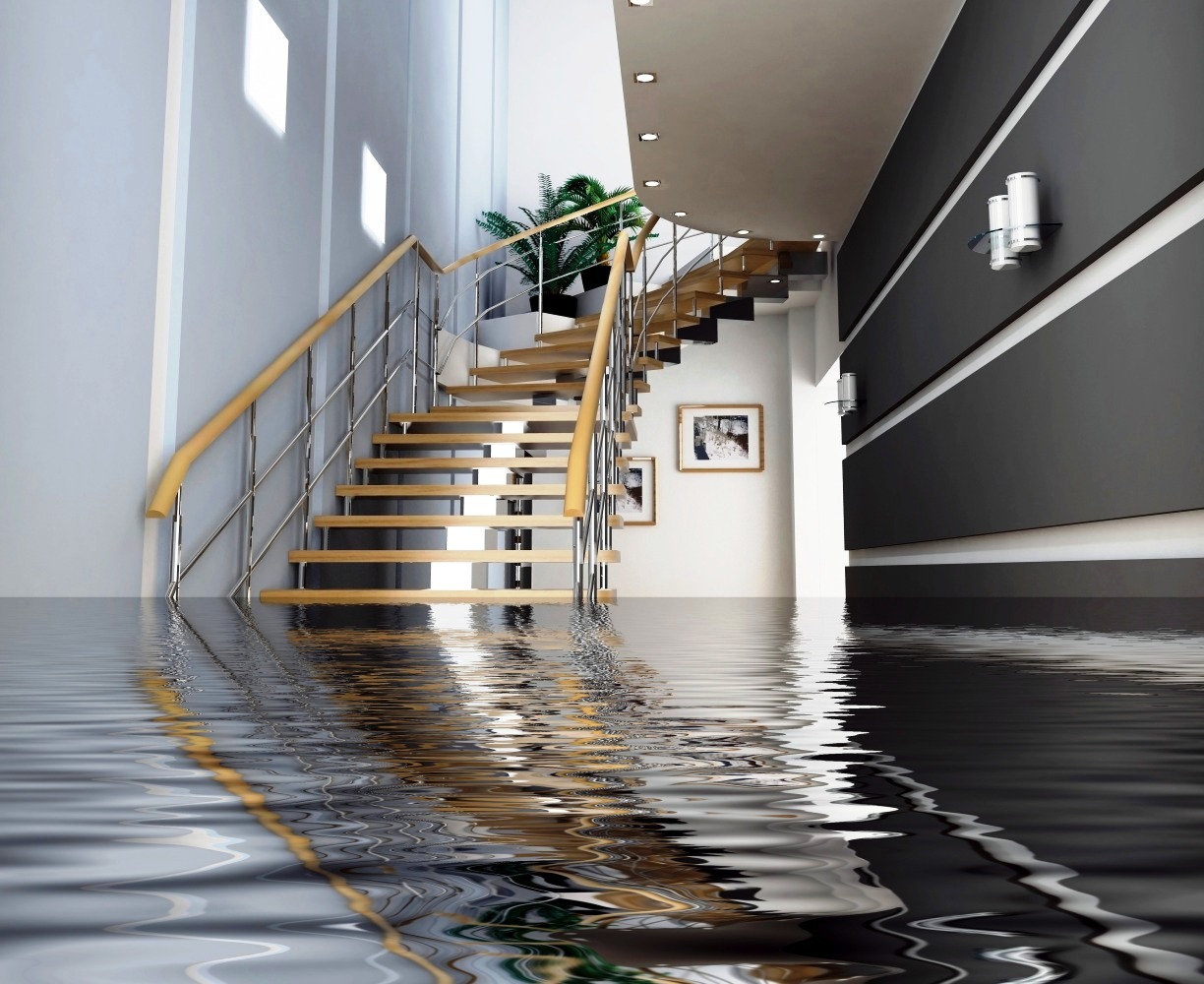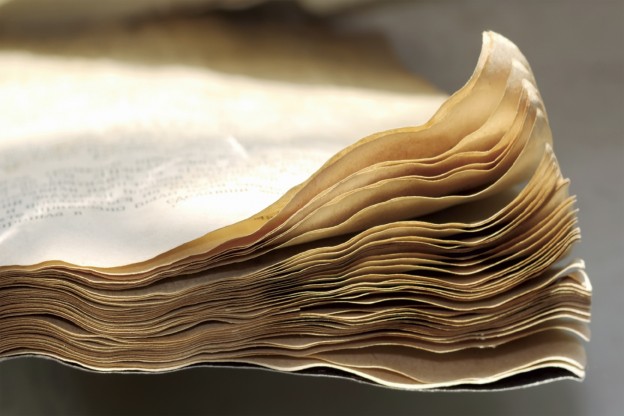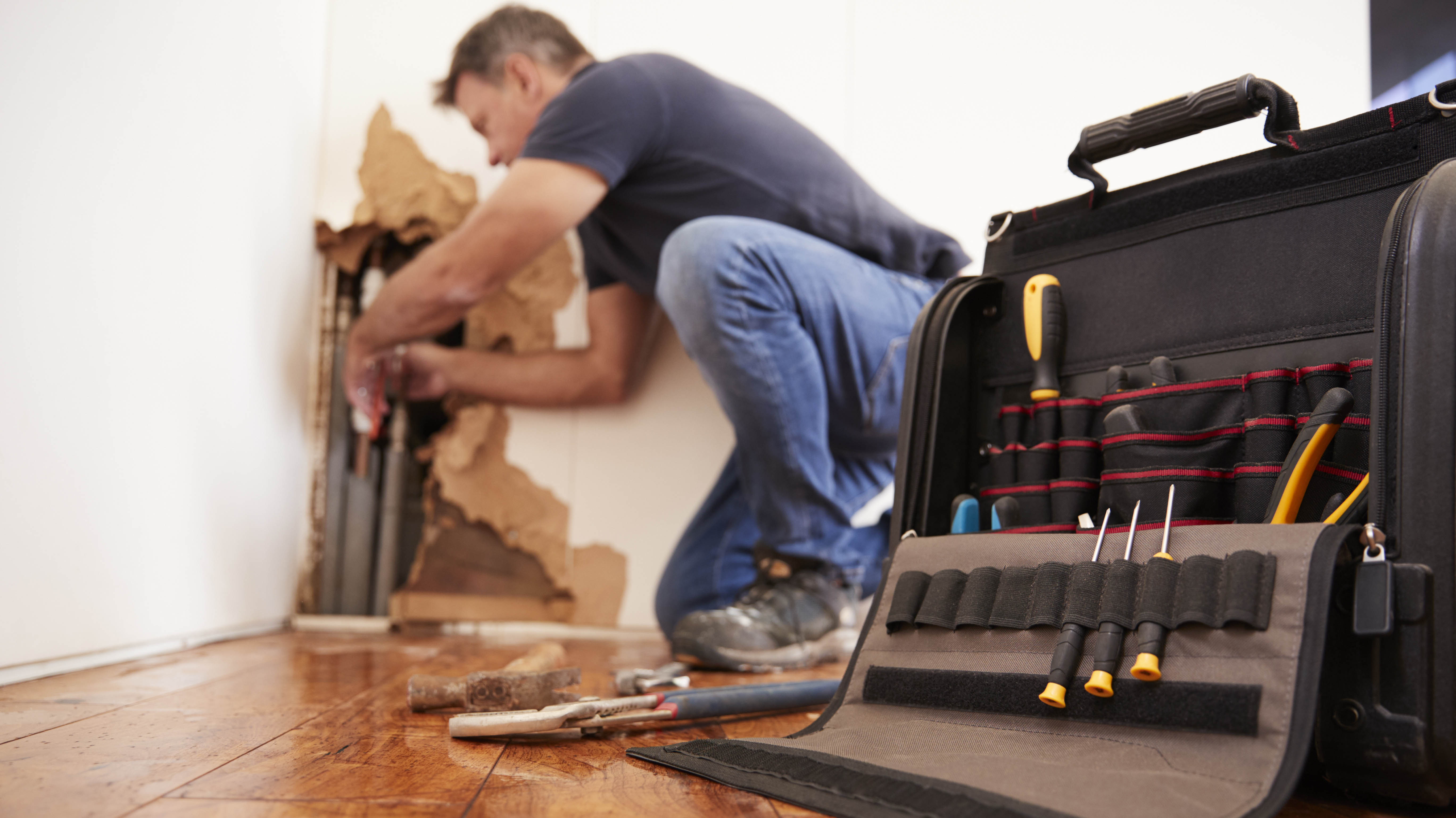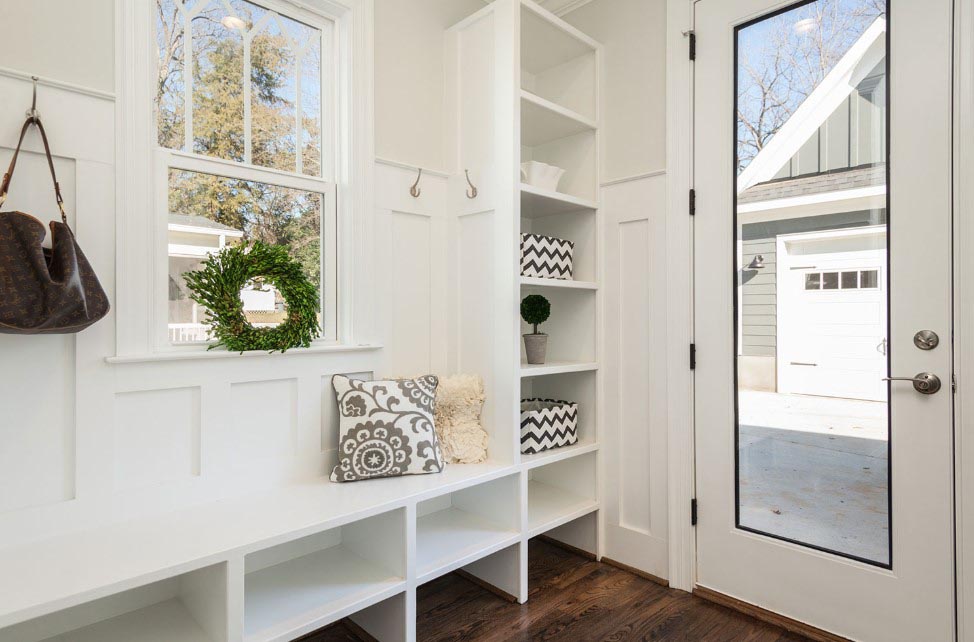How to fix water damaged book? Here Are Some Tips for Getting Your Home Back in Order
If you’ve been unlucky enough to have your property affected by flooding, or if you’ve had the unfortunate situation of a pipe bursting or a roof leaking, the situation can be not only stressful but also unhealthy and expensive.
If you are a busy person, the best option for you is to hire a company for water damage restoration in Orlando and be tension-free. Otherwise, there are a number of steps you can take to get your home back in order as soon as possible.
Disconnect the Power
For starters, before you do anything else, disconnect the power running to flooded areas. This will help keep you and others safe from the risk of electrocution. You must be particularly vigilant about turning off the power if the waters have gone over electrical outlets or are about to. Always unplug any electronic devices in the vicinity of the water, if you can do so safely.
Remove Your Belongings From Flooded Areas
Both small and large items must be removed immediately as the longer they’re exposed to water, the more damage they’re going to get. It is wise to pull up large area rugs and any wall-to-wall carpet that might be in the flooded rooms.
By removing them quickly, you stand a better chance of saving them once they’ve been cleaned. Do keep in mind, though, that these items could shrink and be unusable regardless of how quick you are.
Rid Areas of the Extra Water
After you’ve taken everything out, rid your spaces of as much of the extra water as you can. There are multiple techniques, and they depend on the resources you have on hand or can get access to as well as how much water is in your house.
For instance, if the water level is high and you have electricity coming to your home still (even though it’s switched off in the flooded rooms), you can use a sump pump to suck up the water. These can be hired from hardware shops and other suppliers, but you do need to be careful that you plug them in well away from water.
If there isn’t a huge amount of water, you might be able to utilize a wet/dry vacuum to clean up. Again though, be sure to keep the item’s plug, as well as any extension cords you use, well out of the water, so you don’t get an electric shock.
If using an electrical item is not an option, use the simple yet effective method of manually bailing water out using buckets, mops, and old towels. However, make sure you have plenty of protective gear. Flooded waters can often be dangerous for health because of the bacteria they carry.
How to fix water damaged book
After the excess water is gone, use a dehumidifier and some fans to help rooms dry out as quickly as possible—open windows and doors where you can get more air flowing in and around rooms. Remember that you need to dry out not just the floor but also the drywall, insulation, wood beams, walls, and other parts of your space.
As for your possessions, give them a chance to dry in the sun if possible. Then, go through everything to see what can be cleaned or otherwise repaired. It’s possible to fix water damaged books, furniture, clothing, kitchenware, and other items, particularly if you removed them from the water and dried them ASAP. For things that can’t be resurrected, recycle as much as possible, and then responsibly dispose of the rest.
Disinfect and Prevent Mold Growth After Water Damage
Lastly, to keep your home and possessions healthy and free of odors and other issues, disinfect and try to prevent mold growth. Use a quality disinfectant spray to remove bacteria that might have come into your home via floodwaters, overflowing toilets or sewers, broken pipes, or other sources.
Make sure you clean anywhere the water touched, including the walls and ceiling. Mold can, unfortunately, grow in water-affected spots within just one to two days, so to keep yourself and your family safe, it’s wise to get rugs and smaller furniture items professionally cleaned.
Sadly, large pieces of furniture may need to be thrown out as they can be harder to dry out. Other items can be cleaned using simple products such as pine oil cleaners or a non-ammonia detergent, followed by a 10 percent bleach solution.
Always test this on your possessions in small or inconspicuous places first, though, to be sure it won’t cause staining or fading. There are also specific mold-control products available in the market.





















